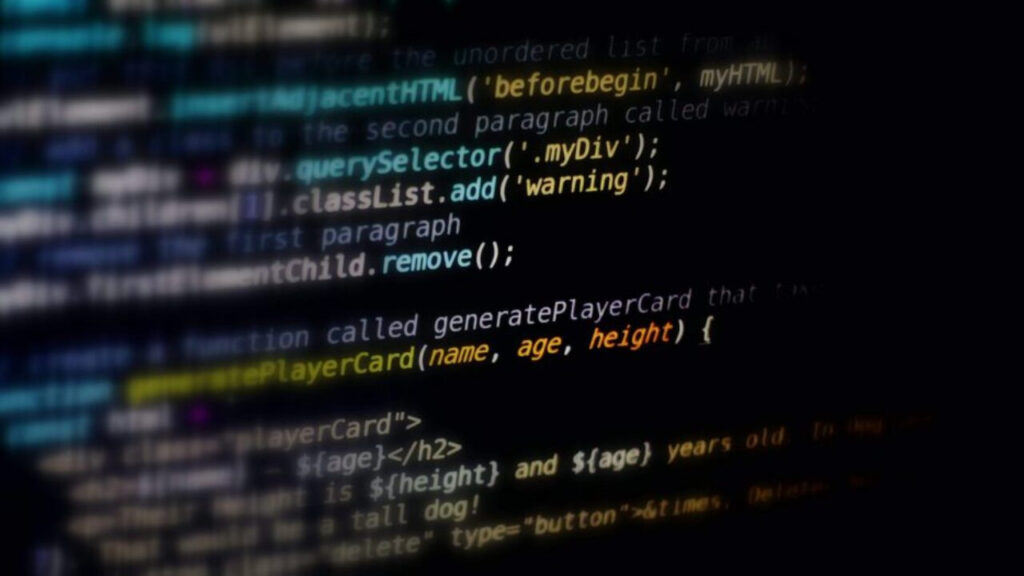What is Remote code execution: Cybercriminals use a wide range of techniques to target vulnerable systems, and remote code execution is one of them. According to a 2020 Global Threat Intelligence Report by NTT, remote code execution is the most used attack strategy, followed by injection attacks. The major benefit of this technique to hackers is that they can attack your system from anywhere, regardless of the location.
A remote code execution facilitates an arm’s length attack allowing criminals to get away unharmed while leaving your data, business, and operations suffer irreparable damage. In this article, we will learn about remote code execution vulnerability, how it works, and what you should do to prevent this vulnerability.
What Is Remote Code Execution (RCE)?
A remote code execution or RCE is one of the most critical attacks that can be executed on an application or a server. It refers to the ability of an attacker to access and modify a system without authority and regardless of the location. RCE enables an attacker to take over a server or a system by running arbitrary malicious software.
RCE is a vulnerability that can be exploited by creating malicious code and injecting it into the server using an input. The server executes the command unknowingly, and it allows criminals to gain access to the system. The attacker might try to escalate privileges after gaining access. It can lead to a full compromise of the vulnerable web server or application.
How Does Remote Code Execution Vulnerability Work?
In a remote code execution attack, an intruder intentionally exploits an RCE vulnerability to execute malware. It can be done using a form, query components, cookies, or uploading files to an application. While developing an application or a website, many developers overlook the need for input data validation and leave their applications vulnerable.
This kind of vulnerability is widely used to execute malicious code remotely. Here are the general steps an attacker uses to exploit an RCE vulnerability.

- Cybercriminals scan machines, applications, or websites over the Internet for known vulnerabilities that can open the door to an attack.
- Once they find a suitable vulnerability, they exploit it for entry and access.
- Then they execute malicious code on the system to unleash the typical havoc such as stealing information, altering permissions, encrypting or destroying files, and downloading malware, based on the state of the compromised machine, vulnerabilities found, and tools available to criminals.
The malicious code execution is generally achieved using terminal commands and bash scripts. The attacker injects the code into a vulnerable application that executes it or calls the kernel to execute it.
Example Of An RCE Attack
Remote Code Execution attacks are so pervasive, commonplace, and widespread that it’s difficult to choose amongst the countless examples. Let’s see one of the biggest and devastating examples of an RCE attack.
On May 12, 2017, it was revealed that hundreds of thousands of systems worldwide were infected by WannaCry. It’s a malware that encrypts computer files, locks out the users, and demands a ransom payment to unlock or decrypt files. WannaCry malware allows remote code execution if a hacker sends a specially crafted message to Microsoft Server Message Block (SMB). It’s a protocol used to share access to files, printers, and other resources on a network.
The hacker scans the Internet to find vulnerable ports and uses one of the alleged U.S National Security Agency tools called “EternalBlue”. Once the SMB vulnerability is confirmed, the hacker uses another NSA tool called DoublePulsar to install WannaCry ransomware on the compromised system.
Impact Of Remote Code Execution Exploit
Remote code execution can leave a system, application, and user at high risk, resulting in an impact on the integrity and confidentiality of the data. A hacker who can execute commands with server or system privileges can
- Change access privileges
- Add, read, delete or modify data and files
- Turn on and off configurations and modify services
- Communicate to the servers
How To Prevent Remote Code Execution Vulnerability?
To survive in this ever-evolving threat landscape, it’s necessary to have robust security measures in place. You can prevent remote code execution vulnerability by using the following techniques.
- It may not be possible to always prevent an RCE attack, but early alert systems can help you take preventive measures. Using a monitoring system can help you detect behaviors that can lead to a compromised system or server.
- Use firewalls and other security tools that can prevent common automated attacks. Deploy and run vulnerability scanning tools and penetration testing to fix the vulnerabilities ahead of an attack.
- Always keep your operating systems, software, and third-party tools up to date. Timely patching or installation of software updates ranks as the best security measure in preventing RCE attacks.
- Always treat the interaction field as unreliable since the developer has no control over the user-entered data.
- Limit access to the interpreter and ensure that users have only those privileges required to perform a task when setting up the server for the application.
- Always use safe practices to upload files and never let users decide the extension or content of the files on the webserver.
You may also enjoy reading, CVEs You May Have Missed While Log4J Stole The Headlines
Stay informed of the latest Cybersecurity trends, threats and developments. Sign up for RiSec Weekly Cybersecurity Newsletter Today
Remember, CyberSecurity Starts With You!
- Globally, 30,000 websites are hacked daily.
- 64% of companies worldwide have experienced at least one form of a cyber attack.
- There were 20M breached records in March 2021.
- In 2020, ransomware cases grew by 150%.
- Email is responsible for around 94% of all malware.
- Every 39 seconds, there is a new attack somewhere on the web.
- An average of around 24,000 malicious mobile apps are blocked daily on the internet.




